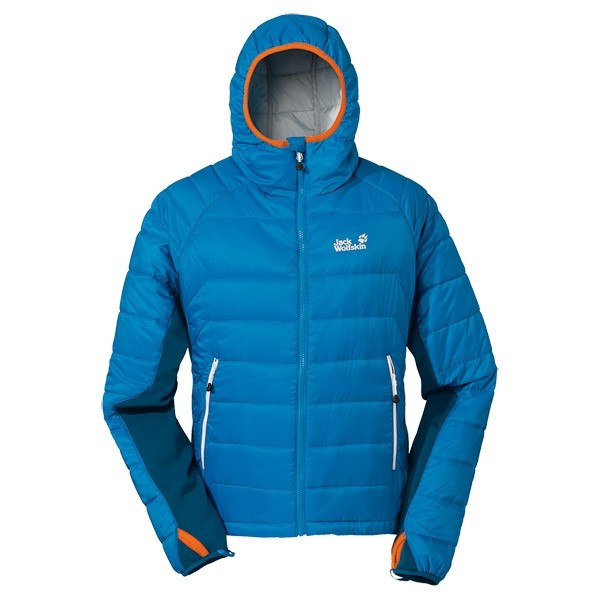The skin on your fingers is what keeps you attached whilst rock climbing. The muscles and ligaments in your arms, and the rubber on your shoes, do a lot of work too, but without the skin on your finger tips then you would never be able to make and reasonable upwards progress. With this in mind it is very important that you keep it in good condition if you want to climb regularly.
This summer I have been extremely active on rock and I have had to develop a bit of a skin regime as a result. In general this isn't my sort of thing. I know some "modern men" have a beautifying regime, which probably includes things like brushing their hair, but you don't need to go that far to secure the longevity of your skin.
 |
| "Modern Man" (IRD Collection) |
I also used to think that I climbed a lot but my skin was never really very bad so it wasn't really necessary to look after it that much. This summer has shown me a different side. To cut a long story, which I have told in other blog posts (hint), short I climbed a lot and lost a lot of skin. It was so bad that I was forced to take rest days, which is very much unlike me.
This lack of skin led me to test 3 types of climbing orientated moisturizer. These were the classic ClimbOn, Tip Juice and ProBalm. They all seemed to work in largely the same way. If I was going to go out and buy them again though I think I would go for ClimbOn, closely followed by Tip Juice. I liked the bar style of ClimbOn more than the tub based Tip Juice, but it did work well.
My climbing related skin management guidelines are what works for me. Every individual is different so tailor this to work for yourself.
Wash Your Hands: After climbing wash all the chalk off your hands. Whilst climbing however try not to wash them or get them too wet. Granted this isn't always possible and if you have to then make sure they are completely dry, maybe bring a towel or something. If I get my skin wet in the middle of a session it often feels quite sore to pull on holds.
Moisturize: Use some sort of moisturizer after climbing. This will help skin regenerate and hopefully stop it from hurting the next day. Make sure to wash your hands first. I find ClimbOn to be very good but as long as it moisturizes I don't think it matters too much.
Rock Types: Different rock types affect your skin in different ways. It is all to do with the grains within them. The small rounded grains found in Northumberland sandstone work like sand paper removing skin from your tips. This hurts a lot after a while. The large sharp crystals found in rocks like Gneiss don't abrade like sandstone but I find that they nick the skin more easily forming flappers. Climbing on sandstone will benefit more from the use of the procedure outlined above more than Gneiss, and others like it.
 |
| A flapper, not so Gneiss |
I hope this helps anyone who has come up against this sort of climbing related hurdle. There is loads of other information about it. Dave Macleod has a good section on this in his book "9 out of 10 Climbers".

















































